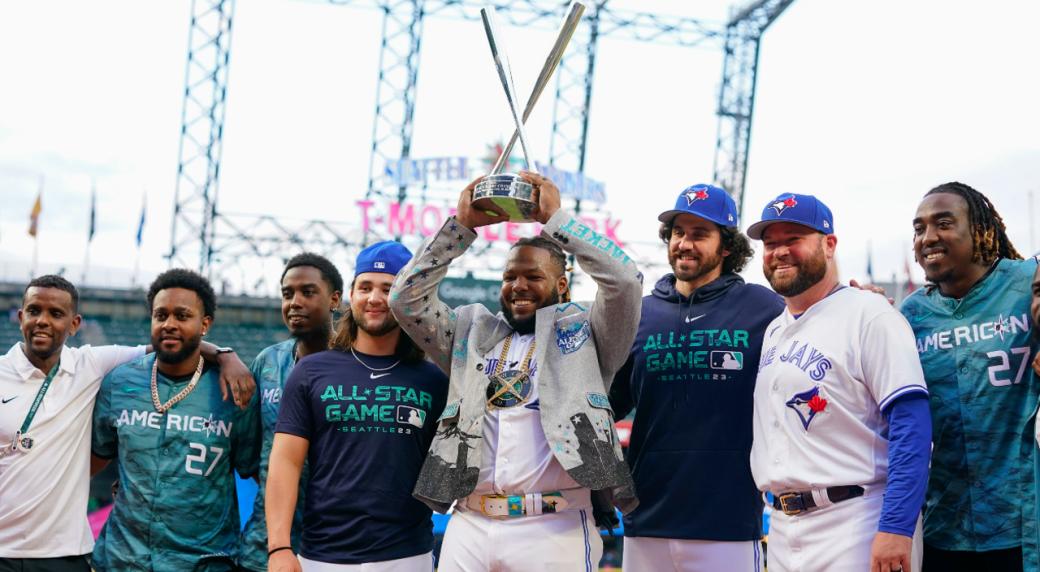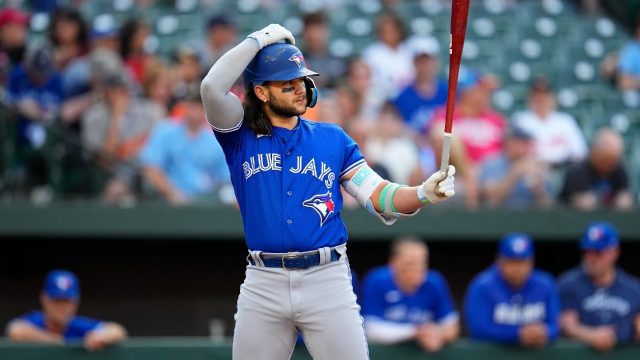TORONTO – Somewhere along the way, amongst the heaps of data and video and analysis of all manner of minutiae, the predominant outlook of baseball fans toward the game changed from romantic to pedantic.
Not that a bit of pedantry – if tempered with good humour and genuine curiosity – is necessarily a bad thing. Over the past 30 years, it has changed the way that fans observe and understand, and mostly for the better.
But at times, cold-eyed scrutiny occasionally diminishes the fun of the game. As analysis replaces narrative, what is valued about baseball is not what you feel about the game, but what you can prove. And maybe more to the point, what you can monetize.
A place where this rational approach to the game and its history and traditions come into a degree of conflict is at the annual All-Star Game, both in the lead up to the game and the structure of the week itself.
At its core, there is the game, an “exhibition.” This is a term that, at times, gets used to diminish whatever importance could ever get applied to the contest. From the purely rational point of view, the game doesn’t count, and the points and stats don’t really matter. It is, in this way, meaningless.
But there is more than one way to understand the game. There is meaning derived from analysis, and meaning ascribed through the history of the game. Not just the boxscore or the Baseball Savant readings of Tuesday’s contest, but the contextualization of the moment into the long chronicle of baseball events.
Undeniably, the game has its flaws. Sometimes the fans pack the ballot box, pick the wrong starters and skew the perception of who is deserving of recognition. Although, perhaps due to the widespread understanding of the analysis of the game, fans in recent years have generally voted in a respectful slate of hitters into the mid-season classic.
The teams are also not selected purely to pick the best of the best players to field the best team, but also to ensure representation by all MLB teams. Some players get off to a hot start, and six good and timely weeks of baseball suddenly see them getting the nod. Or other players make the roster simply because there is no one on their team who is having a good season, or because there is a need for a representative who plays a certain position. Each year, the rosters contain a number of these aberrations and historical anomalies.
And thus, the game is also not managed strictly to win, but rather to ensure that the greatest number of players get their opportunity to take the field.
A key moment in feeding the cynicism around the All-Star Game was the 2002 edition, in which the deficiencies of how the game can be managed were taken to an absurd degree, leaving both teams without enough pitching to see the game through to its conclusion. The image of then-commissioner Bud Selig convening with on-field staff to decide that the game would end in a tie, amongst fans chanting “Let them play!”, remains a low point in the game’s history.
And even more so, the ill-considered subsequent decision to make the game “count” by having it decide home field advantage in the World Series, as some sort of corrective for the slew of poor decisions in the previous game.
But for all this quibbling and picking of nits, and even though the All-Star Game doesn’t matter, it still retains plenty of meaning.
It certainly matters for the players. Over the past week, we’ve seen countless videos of players being informed that they were selected to play in the game, and while we can’t precisely quantify what those smiles and tears meant, it’s clear that in the context of a player’s long journey – and sometimes short career – in baseball, this is consequential.
It matters to the fans as well. To see the players from the teams that they support throughout the season make the squad, and also to see some of their favourite players around the league participate. A funny aspect of the propensity to carp over the All-Star “snubs” each season is that most of those snubbed players end up on the roster within days. Even though the game might not matter, it’s clear that fans still care.
And once the game begins, there is no other exhibition that can compare to baseball’s. Despite all manner of format tweaking, hockey and basketball’s All-Star Games have become dreary and unwatchable in recent years.
But once the first hitter steps into the batter’s box and the starting pitcher stares in at him on Tuesday, there’s no faking baseball. There’s no playing at half speed. Every pitch is competitive and every ball in play is played to attain the best possible conclusion. The game’s best players – or a pretty reasonable approximation thereof – play like the game’s best players. And if you’re a baseball fan, that’s still pretty compelling.
And though the game doesn’t hold the same level of drama as a pennant chase or a playoff game, there are still an abundance of memorable moments that fans carry with them from decades of All-Star Games. Fred Lynn’s 1983 grand slam off Atlee Hammaker, sparking the American League’s rare win. Cal Ripken Jr.’s swan song home run of Chan-ho Park. Vladimir Guerrero Jr.’s tape measure shot in Colorado in 2021.
The All-Star Game may be inconsequential to the standings and the leaderboards in 2023, but there’s a very good chance that something truly memorable – and historical – will happen on Tuesday.











